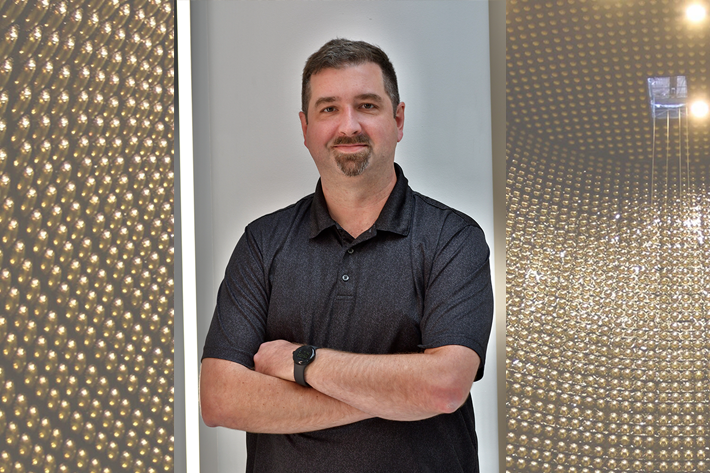Events
Events Calendar
Women in Physics and Astronomy talk: Duilia de Mello, NASA and Catholic University of America
Tuesday, March 16, 2021, 5:30 p.m. through Tuesday, March 16, 2021, 6:30 p.m.
The zoom can be found on the WAPHLS Website:
https://sites.google.com/umn.edu/wipaumn/waphls
or by using the direct link
https://umn.zoom.us/j/96986229329?pwd=TUZ1ODBKVmY4OThodnlGWG5YNzd3Zz09
pwd: n*4r2M
In this talk I will present the first results of a pilot project named “Deep Images of Mergers” (DIM) aiming at revealing optical shells or ripples around galaxies that might have had a merger with another galaxy in the past. Simulations show that when a large galaxy collides with one 10 or 100 times less massive, it tears the smaller one apart. The stars themselves survive, though, even if their galaxy doesn’t. Their orbits disrupted, they slosh around the larger galaxy, ending up in shells in its periphery. Following the merger, the galaxies are thought to become lenticular, a state of transition between the more typical spiral and elliptical galaxies. To test this idea I have put together a team of 5 Brazilian astrophotographers to take deep images of lenticular galaxies, including Centaurus A and Arp 230. The DIM project is a collaboration currently using a combination of small telescopes across Brazil: two Ritchey-Chretien 8” and 12”, a Celestron 11”, a reflector 450mm and an APM 140 mm refractor. In deep images taken with these relatively small telescopes we are able to see a large field of view and expand our search for faint shells at large distances. After combining all images to the same scale, the first results of the stacked images with dozens of hours of exposure reveal a large number of shells confirming the feasibility of the project and the importance of deep images when analyzing mergers. This project is a type of citizen project that proves that science can be done at home and inspires the population about the importance of science. We are currently recruiting more collaborators to join the DIM network. I will finalize by telling the story of Mulher das Estrelas (Woman of the Stars), its impact in our society and how we can change the world, student by student.
Physics and Astronomy Colloquium: Keivan G. Stassun and Marina Kounkel (Vanderbilt University)
Thursday, March 11, 2021, 3:35 p.m. through Thursday, March 11, 2021, 4:35 p.m.
Abstract: We begin with an overview of the precision stellar astrophysics enabled by the confluence of Gaia parallaxes with large-scale photometric and spectroscopic surveys. We then give examples of the new understanding of local Galactic structure that this has enabled, including in particular the detailed history of canonical star-forming regions, and the discovery of "stellar strings" reflecting the local conditions of recent star formation.
Faculty host: C. Woodward
Colloquium: Emilia Morosan, Rice University
Thursday, March 4, 2021, 3:35 p.m. through Thursday, March 4, 2021, 4:35 p.m.
Novel physics discoveries heavily rely on the design and synthesis of new materials, which, in turn, depends a lot on the growth method. I will use the backdrop of my group’s discoveries of several Kondo systems, to emphasize the importance of the interplay between chemistry, materials science and physics in unveiling new materials’ properties. In particular, I will focus on YbT3M7 where the transition metal T is either Rh or Ir, and the metal M is Si or Ge. These are rhombohedral compounds, chemically and structurally very similar, with some similar physical properties and substantive differences. They all show evidence for strong electronic correlations and Kondo physics; one orders ferromagnetically (YbIr3Ge7) while the other two have antiferromagnetic ground states. Most remarkable, YbIr3Si7 shows long range antiferromagnetic order and non-Fermi liquid behavior even within the ordered state, while the electrical resistivity indicates bulk insulating behavior with ARPES and DFT calculations pointing to a conductive surface. We reconcile the observed Kondo physics, long range magnetic order and the insulating-to-metal crossover from bulk to surface with a proposal of Kondo exhaustion and evience for a Yb valence transition from magnetic (3+ in the bulk) to non-magnetic (2+ on the surface).
About Emilia Morosan:
Emilia Morosan is a Professor of Physics and Astronomy, Chemistry and Materials Science and Nanoengineering at Rice University in Houston TX. She joined Rice in 2007, following doctoral work in Physics at Iowa State University and Ames Lab, and a postdoctoral position in Chemistry at Princeton University. She received several early career awards, including the Presidential Early Career Award for Scientist and Engineers (PECASE) and the NSF CAREER, and was recently selected as a EPiQS Investigator by the Gordon and Betty Moore Foundation. When not "cooking" in the lab, Emilia enjoys baking, gardening, kayaking, rock climbing, and most mornings you can join her for a bike ride or a run.
Special Seminar: Mikhail Shifman on the history of quantum mechanics
Monday, March 1, 2021, 3:35 p.m. through Monday, March 1, 2021, 4:35 p.m.
Colloquium: Miguel Morales, University of Washington
Thursday, Feb. 25, 2021, 3:35 p.m. through Thursday, Feb. 25, 2021, 4:35 p.m.
Description:Zoom: https://umn.zoom.us/j/95347694426
Abstract: 21 cm Cosmology has the potential to be the future of observational cosmology. By measuring the redshifted radio line of neutral hydrogen, 21 cm Cosmology can map the effects of Dark Energy, reveal the Epoch of Reionization, and even constrain the Dark Sector by observing small scale primordial fluctuations during the Dark Ages. Realizing this potential, however, necessitates solving the exquisite experimental precision and data analysis challenges needed to isolate the faint cosmological signal. I will talk about the potential of 21 cm Cosmology, describe the experimental challenges, and discuss the current state of the art with the deepest 21 cm Cosmology limits from the Epoch of Reionization.
Virtual Dean's Lunch and Learn feat. the School of Physics and Astronomy
Thursday, Feb. 25, 2021, Noon through Thursday, Feb. 25, 2021, 1 p.m.
Join Dean Kaveh and department head Paul Crowell for college updates and a closer look at some of the innovations taking place in the School of Physics and Astronomy.
FEATURING:
"The Deep Underground Neutrino Experiment—Small Particles, Big Detectors!" presented by Andrew Furmanski, Assistant Professor
The Deep Underground Neutrino Experiment (DUNE) will study the phenomenon of neutrino oscillations to an unprecedented level of detail. Key to the goals of DUNE are determining whether neutrinos and antineutrinos oscillate in the same way. If they don't, this can be part of explaining why the universe is made entirely out of matter, not a mix of matter and antimatter. This process requires sending a beam of neutrinos 800 miles and constructing a 70,000 ton particle detector a mile underground. Professor Furmanski will explain why this experiment has to be so large, why it takes so long to build, and what we hope to learn from it.
"Searching for New Physics at the Large Hadron Collider" presented by Nadja Strobbe, Assistant Professor
Particle physicists have developed a comprehensive understanding of how the universe works, but this understanding is still incomplete. The Compact Muon Solenoid experiment at the Large Hadron Collider was built to uncover more of Nature's secrets. We have so far discovered one missing piece, the Higgs boson, but the search continues. Professor Strobbe will discuss how we can use this experiment to search for new particles and how future upgrades will enable us to dig even deeper.
Alumni from all academic majors are welcome.
Taekjip Ha, Johns Hopkins University
Thursday, Feb. 18, 2021, 3:35 p.m. through Thursday, Feb. 18, 2021, 4:35 p.m.
DNA is an iconic molecule that forms a double helical structure, providing the basis for genetic inheritance, and its physical properties have been studied for decades. In this talk, I will present evidence that sequence dependent physical properties of DNA such as flexibility and self-association may be important for biological functions. In addition, I will present a new application of DNA where mechanical modulations of cell behavior can be studied at the single molecule level using rupturable DNA tethers.
Women in Physics and Astronomy talk: Laura H. Greene
Tuesday, Feb. 16, 2021, 5:30 p.m. through Tuesday, Feb. 16, 2021, 6:30 p.m.
Laura H. Greene
The National MagLab and Florida State University, Tallahassee, FL
President of the American Physical Society, 2017
Superconductors are fascinating quantum materials with applications that include the lossless transmission of electrical power, levitating trains, making huge magnetic fields, and detecting the tiniest magnetic fields. Conventional superconductors were discovered in 1911 but the theoretical explanation did not come until 1957. High temperature superconductors, discovered in 1986, are unconventional and we still don't have complete theories for them; and there are dozens of other types of unconventional superconductors. After a short overview of the National MagLab, I will define superconductivity and show some bizarre behaviors of those and other quantum materials, including some of my own research. It is amazing what we do know and how much we still have to learn!
Colloquium: Kazunari Shibata, Kyoto University
Thursday, Feb. 11, 2021, 3:35 p.m. through Thursday, Feb. 11, 2021, 4:35 p.m.
Abstract: The development of astronomical observations of various objects in 20th century has revealed that the universe is full of explosions (flares or bursts) and plasma outflows such as high-speed jets. Why is our universe filled with such extraordinary activity?
"When I started astrophysical research in 1977, I was fascinated with a puzzle why the nuclei of distant galaxies produce relativistic jets, collimated supersonic outflows. Soon after I learned observations of astrophysical jets, I learned solar observations, which show the importance of magnetic field in the production of flares and jets, though detailed physics is still not understood well at that time. I hypothesized that the jets may be accelerated by magnetic force both on the Sun and galaxies: in the case of the galaxies, magnetic field may be twisted by the rotation of accretion disk plasma, whereas on the Sun magnetic field can be twisted in the solar convection zone. During the untwisting process of a twisted magnetic flux tube, the jet may be accelerated. Then I started magnetohydrodynamic (MHD) numerical simulations of both solar and astrophysical jets. Fortunately, I succeeded in reproducing astrophysical jets from magnetized accretion disks using time dependent MHD simulations for the first time (1985, 1986). I was also lucky since I became a member of space solar observation missions Yohkoh (1991-2000) and Hinode (2007-present), and discovered X-ray jets in the corona (1992), as well as chromospheric anemone jets (2007). Both phenomena were successfully explained by the magnetic reconnection model. From observations of flares and jets on the Sun, I realized the importance of plasmoid ejections in magnetic reconnection (1995), and proposed the unified model of flares and jets on the basis of the plasmoid-induced reconnection and fractal reconnection (2001)."
"More recently, as an extension of solar flare studies, I was fortunate enough to discover superflares on solar type stars with young colleague (2012), which maybe important for the existence or survivability of human beings and life on the Earth and exoplanets."
In conclusion, through these studies, I learned the reason why our universe is filled with extraordinary activity is that magnetized plasmas are so active and dynamic.
Colloquium: Noah Kurinsky, Fermilab
Thursday, Feb. 4, 2021, 3:35 p.m. through Thursday, Feb. 4, 2021, 4:35 p.m.
The discovery of the particle nature of dark matter is one of the most pressing questions in modern physics. Evidence for such a dark matter particle is abundant from galactic dynamics and structure formation in the early universe, not little doubt remains that this evidence points to exciting new physics. Particle dark matter candidates exist in the huge mass window across almost 30 orders of magnitude, from planck-scale wave-like DM to TeV-scale ‘WIMPZillas’. Over the last 20 years, searches for dark matter above the proton mass have advanced significantly across direct and indirect searches, but sub-GeV dark matter has until recently been comparatively unprobed. In this talk, I will discuss the state of the Sub-GeV direct detection field, and recent progress applying quantum measurement techniques to lowering mass thresholds for new searches with event thresholds at the eV-scale. I will then discuss the outlook for the field in the next 5-10 years, in the context of synergy with ongoing research in materials science and quantum information science. The goal over the next decade is to run background-free dark matter searches at gram-year exposures with meV-scale thresholds, an exciting challenge that requires a broad range of expertise, and comes with enormous scientific discovery potential.
School News
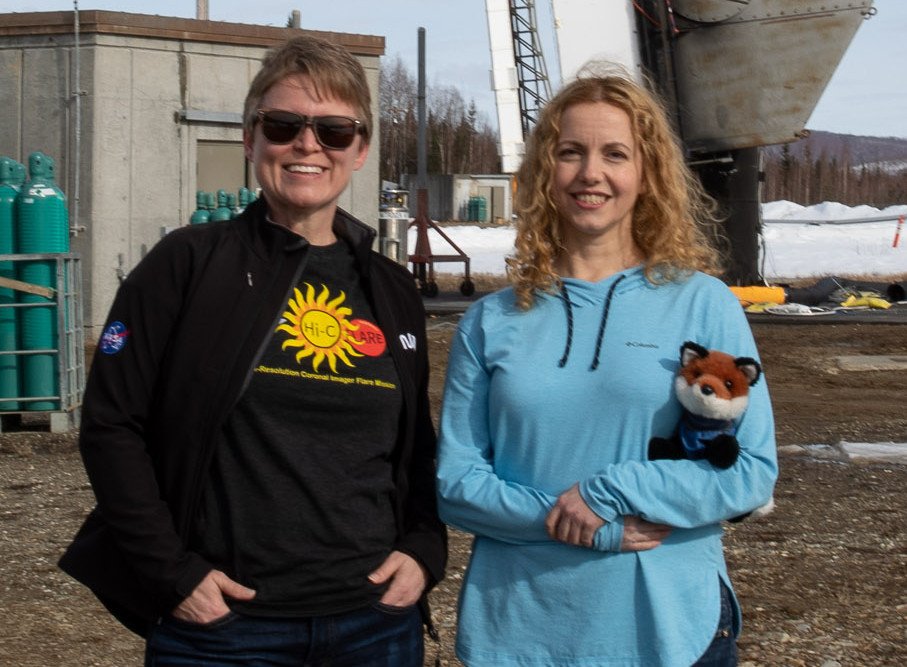
Glesener part of NASA's first solar flare observation campaign
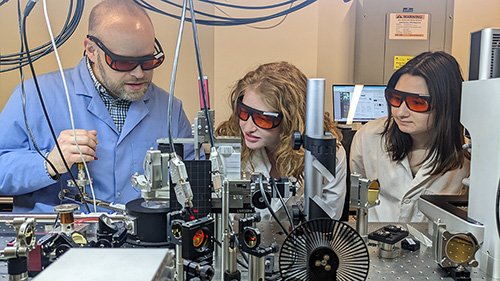
Inside Professor McLeod’s Nano-Imaging Laboratory
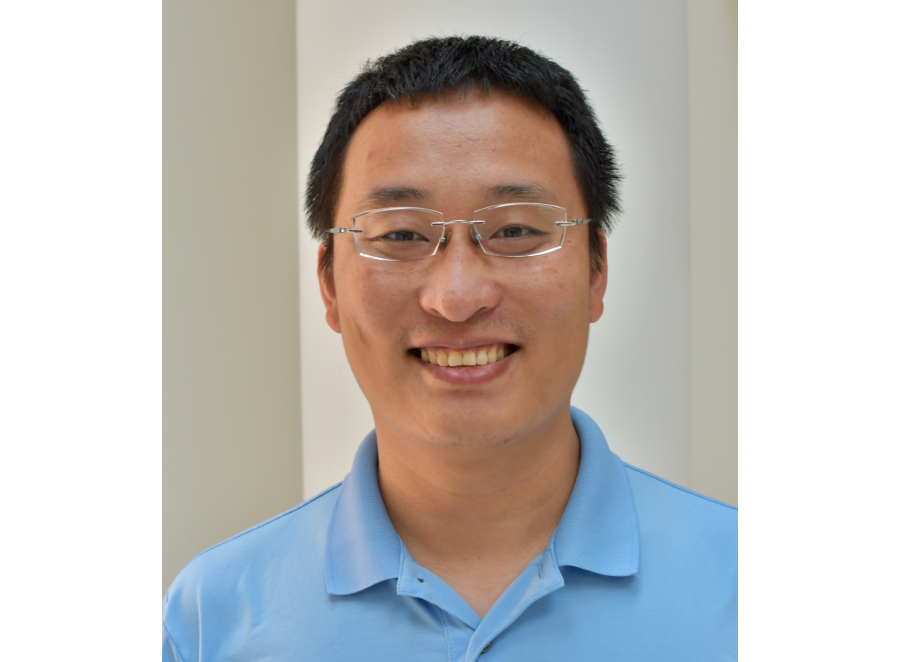
Liu receives prestigious Sloan Research Fellowship for early-career researchers
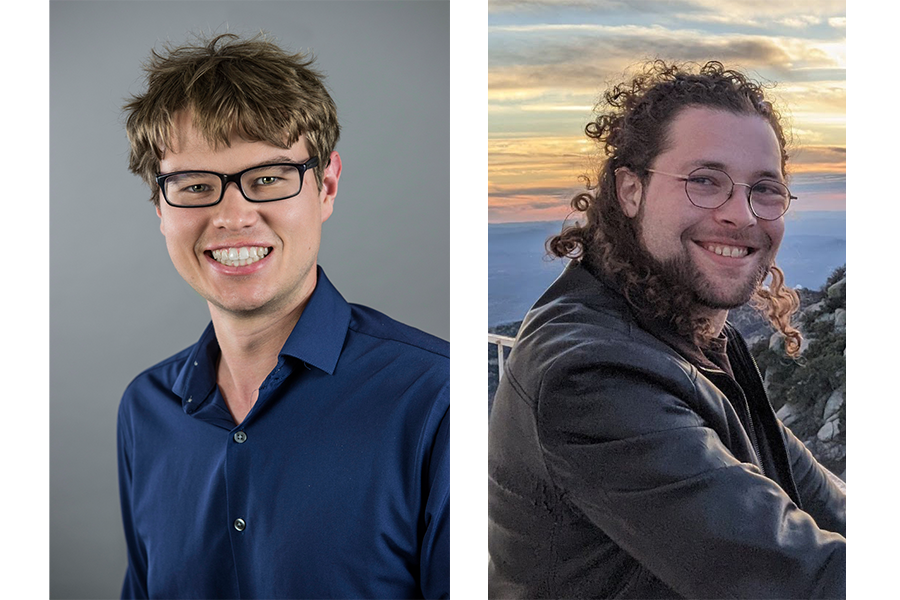
Coughlin and Criswell part of comprehensive UV light survey
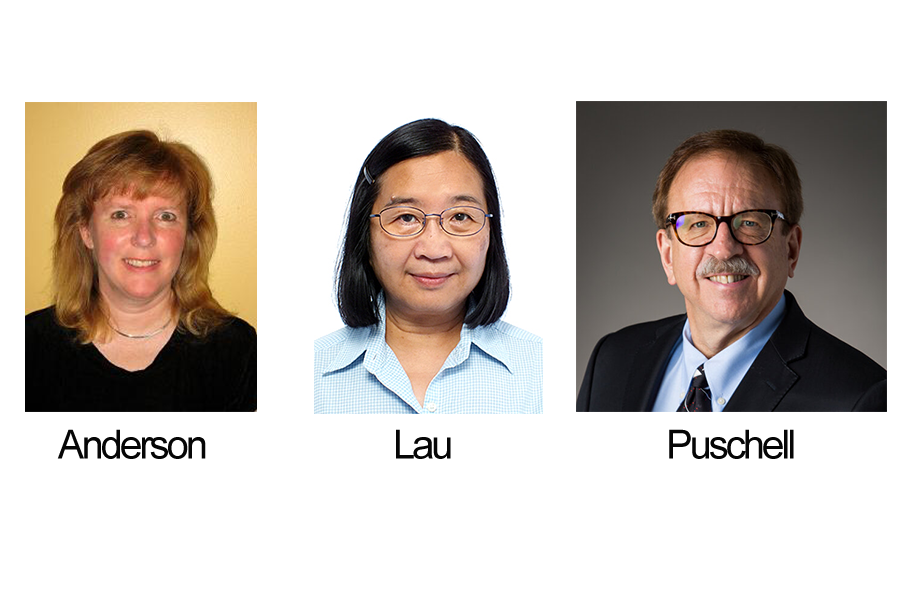
Three School Alumni elected to National Academy of Engineering
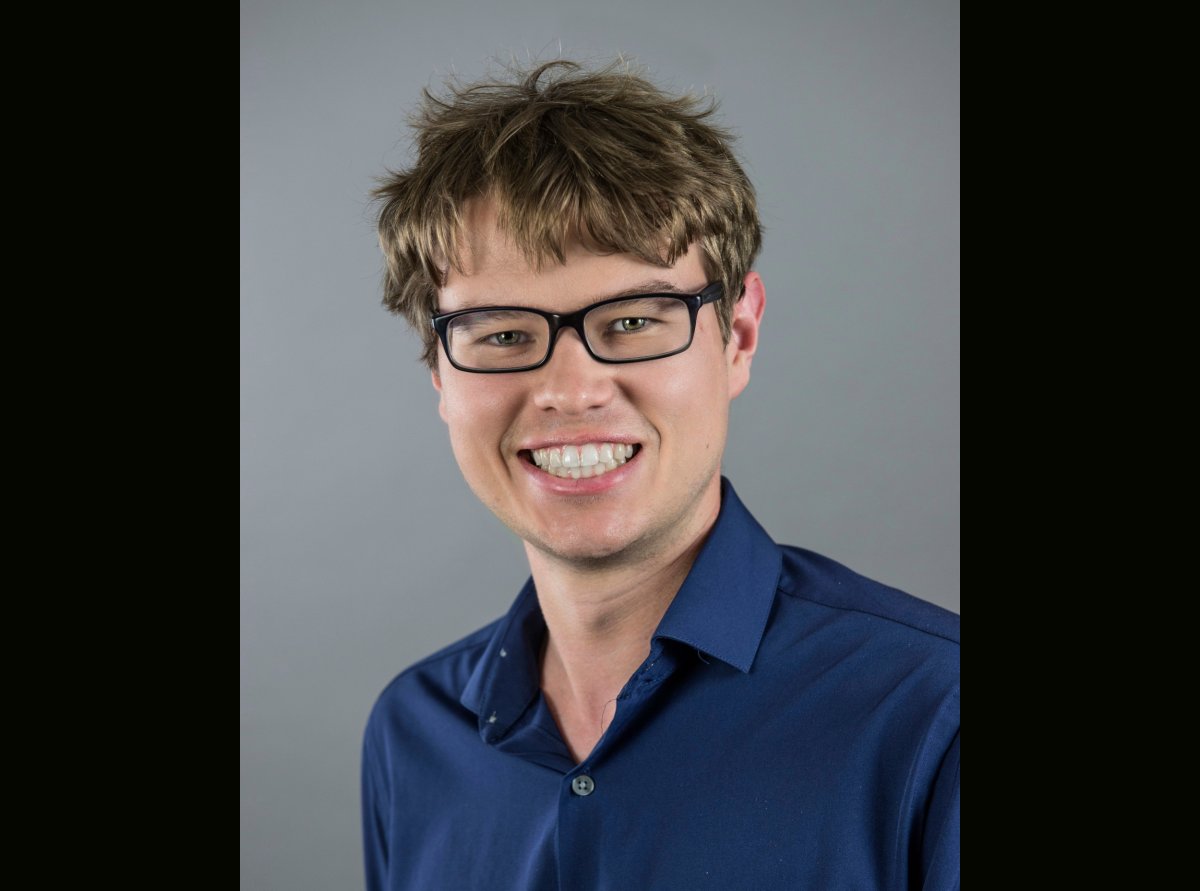
Coughlin receives McKnight Professorship

Humphreys Awarded Medal from Royal Astronomical Society

John Broadhurst, 1935 - 2023
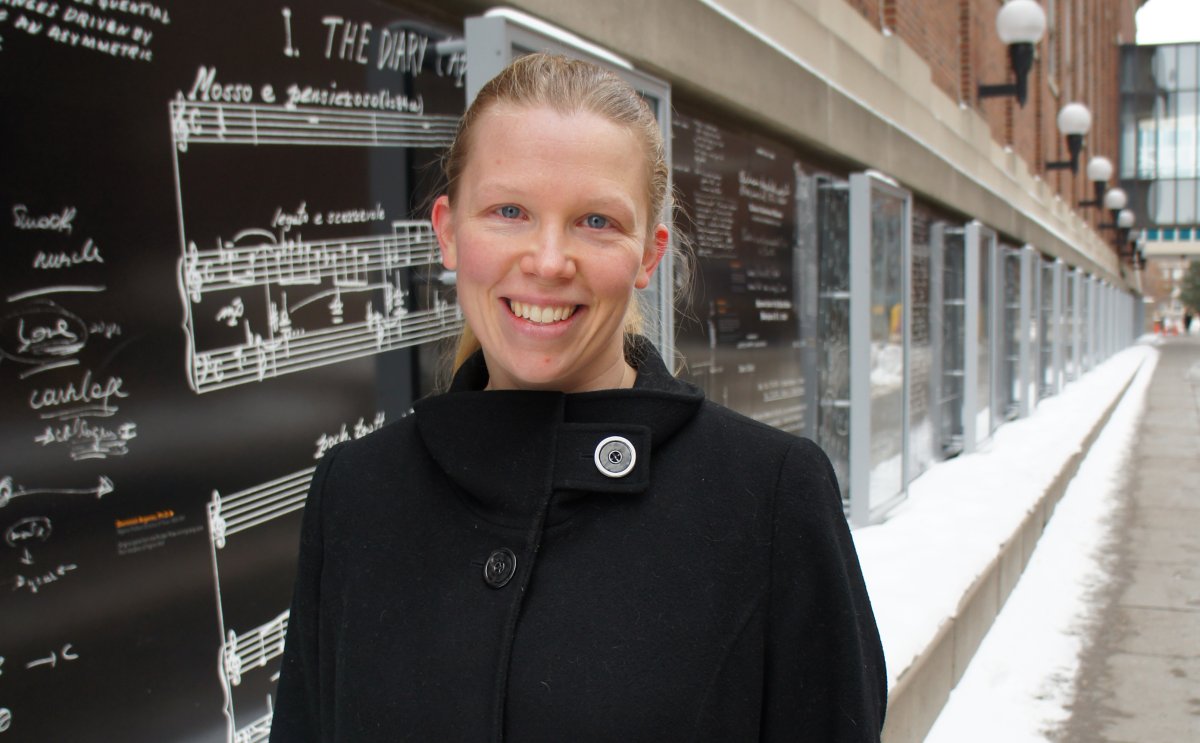
Burnell elected APS Fellow
